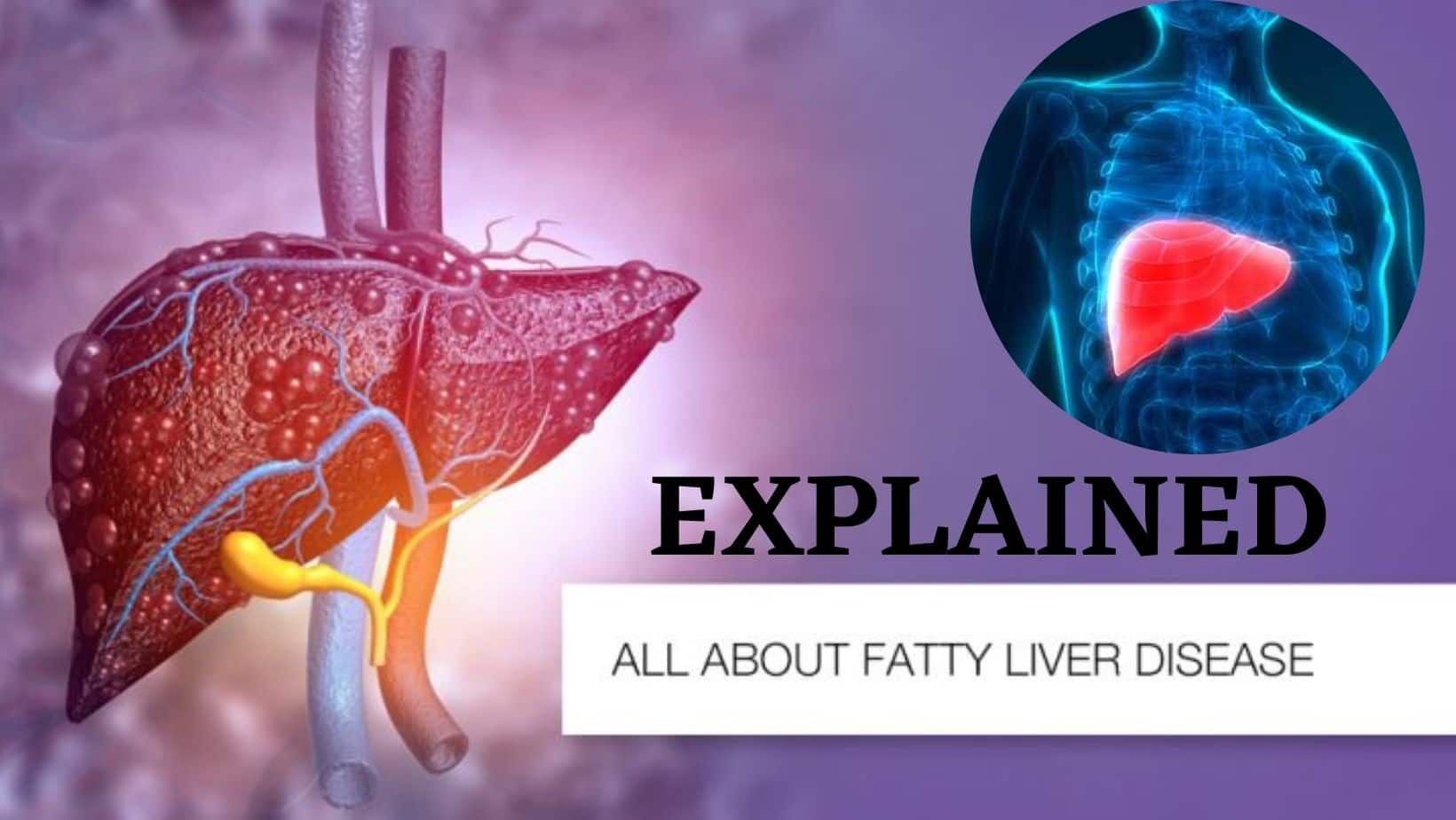According to Dr Ramanjit Singh, Visiting Consultant Dermatology, Medanta Hospital, vitiligo is a condition with a loss of skin colour in patches primarily due to lack of melanin. It happens when pigment-producing cells stop functioning or die. It also affects the hair. The area covered in the skin can get larger over time. It can affect any body part, including its occurrence inside the mouth and hair.
How Does Vitiligo Develop?
Vitiligo is an autoimmune disease due to the skin’s lack of pigment called melanin. Melanin is produced by the skin cells, also called melanocytes, and is responsible for excellent skin colour. Due to a lack of enough melanocytes to produce melanin in the skin, Vitiligo leads to white patches on the skin and hair.
What Are Its Symptoms?
The symptoms are the white patches which can be localised to one or two parts of the body or spread across the body. These patches are asymptomatic, meaning they do not cause any itching, redness, burning or inflammation in the body. Many myths are associated with this condition, which relates it to skin cancer, leprosy, and communicable disease. Indeed, the state is not associated with any of the other requirements. It does not harm the body, just caused by the absence of pigment in the skin.
What Are The Causes?
The root and the only cause of vitiligo is the absence of melanin. In 20% of the cases, it can be inherited or run in the family. Additionally, stress is an added factor that drives this condition. All autoimmune disorders are related to stress, which acts as a catalyst to spread the disease.
What Is The Treatment?
There is no possible way to prevent vitiligo. The treatment aims to restore the pigment in the skin and avoid depigmentation. It is advised to limit exposure to the sun to prevent depigmentation and skin damage. Although I consulted on time, the condition can certainly be controlled. There are also various treatments to treat this condition. The therapy commonly includes steroids, immunomodulators (a group of drugs to control the depigmentation), phototherapy with narrowband ultraviolet B (UVB) (stop or slow the progression of active vitiligo), and lasers performed to bring back the skin pigmentation. Additionally, vitiligo can spread all over the body if not treated and looked at.
How Common Is This Disease?
Vitiligo is a common disorder. It can develop in anyone irrespective of age, colour or gender. Some of the driving factors are stress and genetic predisposition.








